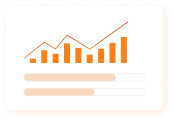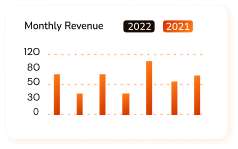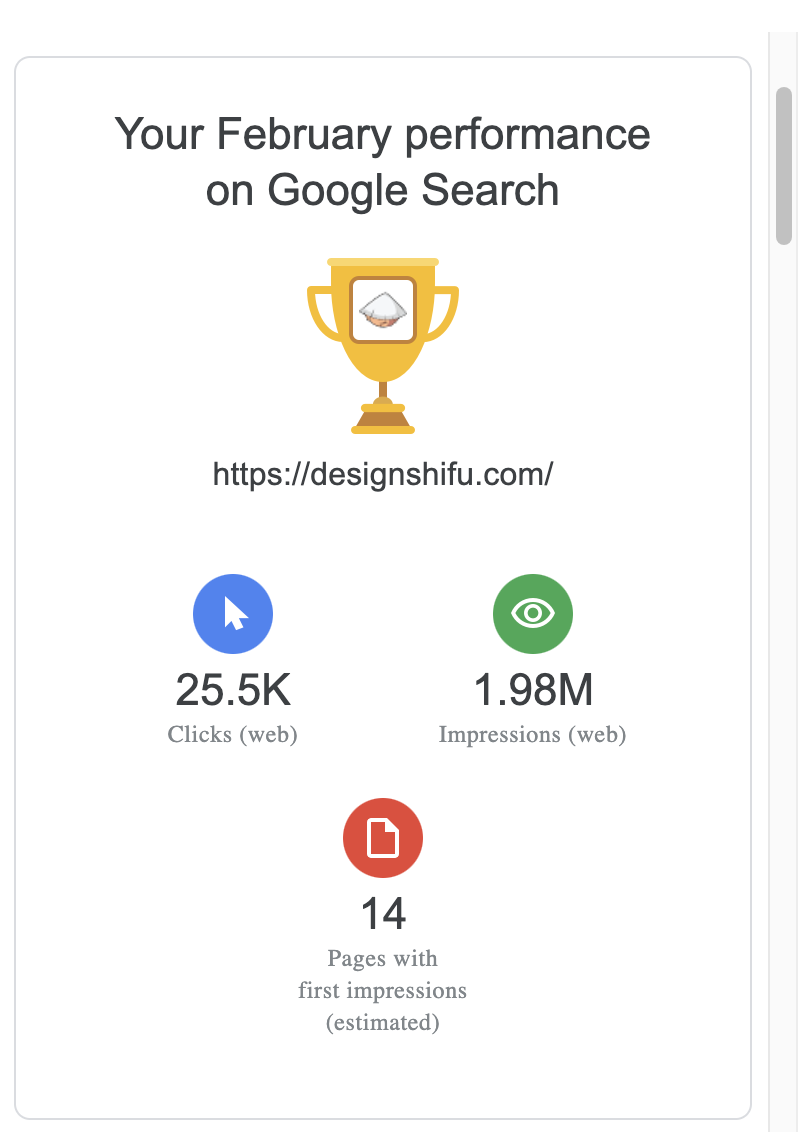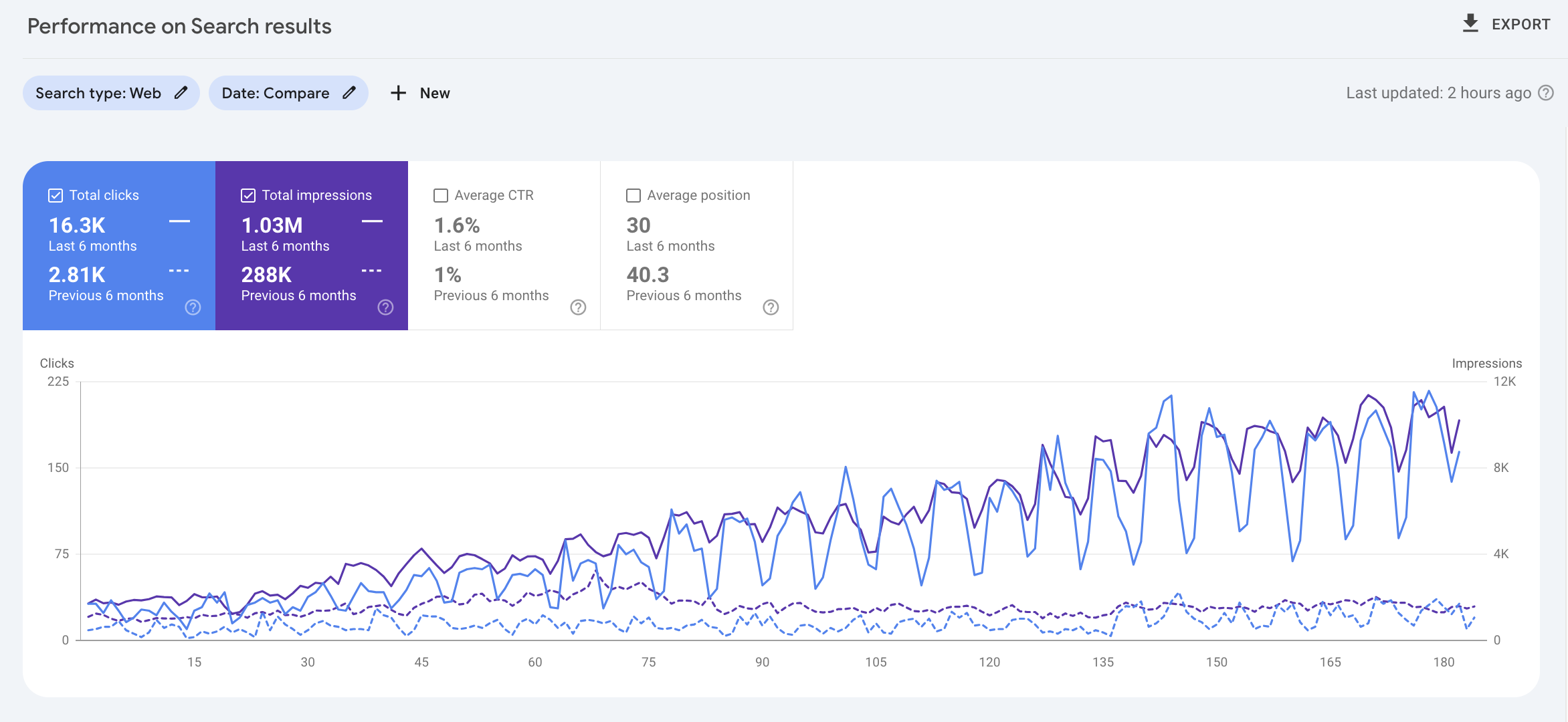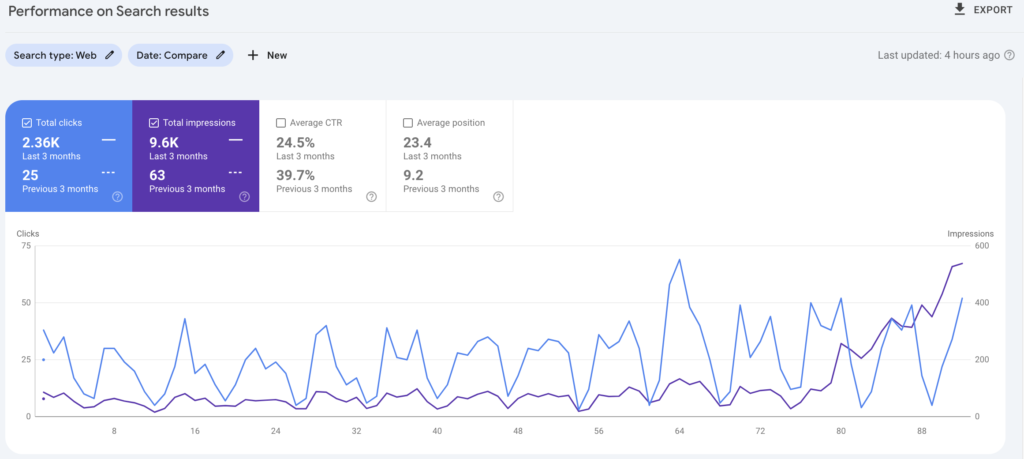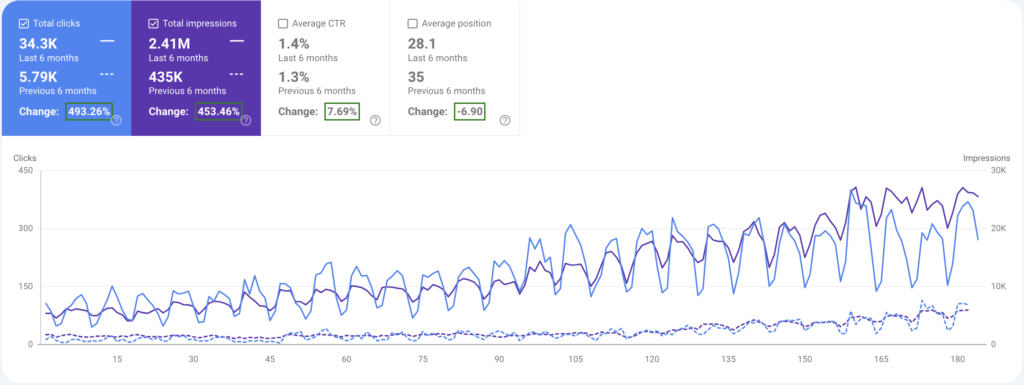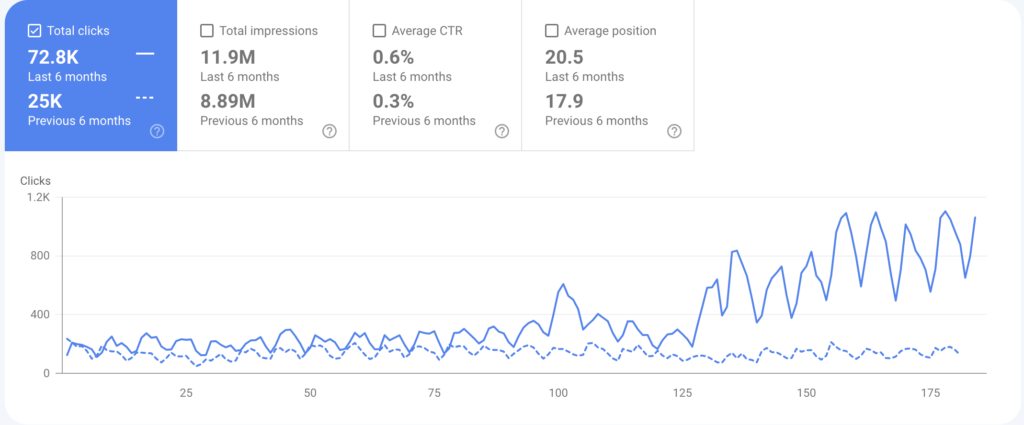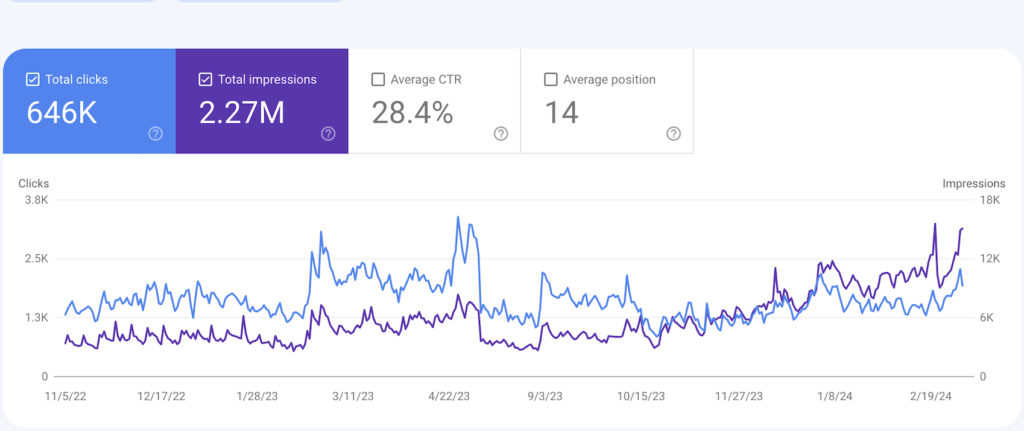The time it takes to see results from On-Page SEO can vary. In some cases, you could start seeing small improvements in a few weeks. However, for substantial results, it might take a few months. SEO is a long-term strategy that builds momentum over time. You won’t get instant traffic increases, but your efforts will pay off with sustained growth.
It depends on various factors:
- The competitiveness of your keywords
- The quality of your existing content
- How optimized your website already is
- How much SEO work needs to be done
In some cases, if your website is new to SEO, you could see faster results. That’s because even basic optimizations like improving meta tags or cleaning up URL structures can lead to noticeable changes. But, for more competitive industries, it takes time to build authority. That’s why patience is key.
Expect these stages of growth:
- Short term (1-2 months): Small improvements in rankings and slight traffic increases.
- Midterm (3-6 months): Better rankings, more traffic, and higher click-through rates.
- Long term (6+ months): Consistent traffic growth and stronger keyword positioning.
You need to think of SEO as a long-term investment. Each month’s work builds on the previous month’s efforts. The more consistent and thorough your On-Page SEO, the more success you’ll see down the road. Search engines need time to crawl and re-index your website. As they gather more data, your website can start climbing in rankings.



